Why do acupuncturists look at the tongue?
One of the perks of getting acupuncture is getting to stick your tongue out at your healthcare provider. But what is the purpose of this unusual practice?
Acupuncturists look at the tongue, as necessary, to assist in diagnosis. Characteristics of the tongue they assess include shape, color, moisture, and coating (the layer on the surface of the tongue).
Why the tongue in particular? A few reasons. First and foremost, while the principle "as above, so below" helps explain why an acupuncture needle inserted into the body's exterior (above) can treat conditions affecting its interior (below), one meaning of this principle is that the body's external surfaces reflect the state of its internal organs. Second, the tongue is at the beginning of the digestive tract, and in the system of medicine utilized by acupuncture and associated therapies a main organ involved in digestion plays a fundamental role in the health and vitality of all of the other organs. Third, in this system of medicine the tongue is understood to be a microsystem, or a part of the body that represents the body as a whole. (See our blog post about the mechanism behind ear acupuncture for another example of a microsystem.)
Tongue diagnosis was developed as a non-invasive method of gathering diagnostic information about the inside of the body. It’s like an ancient version of magnetic resonance imaging or MRI.
As technologically advanced as modern diagnostic tools are, there is something to be said for the nuance of tongue diagnosis. A person presenting with palpitations or a feeling of the heart beating in the chest, for example, might have a normal electrocardiogram (EKG) but abnormal signs on the tongue.
Like all things medical, diagnostic tools are shaped by the philosophical influences of the time. Modern diagnostic tools aren't just a product of technological advancement. In fact, they wouldn't have been permissible without a major shift underway in Western Europe in the seventeenth century: the separation of church and state.1 It was against this backdrop that French philosopher René Descartes declared the separation of mind and body, and that his philosophy of Cartesian dualism became morally acceptable.1
According to Descartes, the mind or res cogitans was merely a thing that thinks whereas the body or res extensa was a thing that extends in space.1 While this removal of the mind from the realm of the body led to an enriched understanding of biomedical anatomy by allowing the body to be dissected and measured, it also led to the invalidation and stigmatization of any symptom for which no congruent structural abnormality was detected.
While in theory this sort of symptom is called "functional" to emphasize that it is related to function in contrast to form, in practice a "functional" symptom is often interpreted as a symptom that is associated with function in contrast to dysfunction—as a symptom that is, in other words, not real. However, there are numerous examples in medicine of form not indicating function, such as this study finding that changes consistent with knee arthritis on x-ray are an unreliable marker of knee pain, and vice versa.
When we look at your tongue, it's important to remember that the diagnostic principles we are using come from a different philosophical framework with a different historical context. An abnormality in a certain part of your tongue may not be indicative of a structural abnormality in the corresponding part of the body, and the lack of a structural abnormality in the part of the body corresponding to your symptoms does not mean you are a hypochondriac.
By the way, "hypochondriac" was once solely an anatomical term, based on its literal meaning “pertaining to the region [of the abdomen] below the [ribcage] cartilage,” which is still in use in the medical community today. From the time of Galenic medicine originating in ancient Greece through the early eighteenth century, hypochondria was seen as a physical disease consisting of symptoms in the hypochondriac region.2 This was not at odds with its classification in 1621 as the most common manifestation of melancholia, or melancholy, as this also had a physical component; “melancholy” comes from “melan choler,” or black bile, one of the four bodily humors thought to cause disease at the time.2 It wasn’t until the nineteenth century that the classification of hypochondria as a mental illness began to dominate, making the disorder subject to the disbelief this classification has come to bring.2
If we don't see any abnormalities in your tongue, this doesn't mean that the symptoms you're experiencing aren't real. What we see in your tongue informs our diagnosis, but what you say with your tongue (or with an interpreter's tongue) does too. It's one of the things we love about acupuncture: We can still treat you even if your experience is the only thing guiding where we put the needles.
References Cited
Drossman DA. Functional gastrointestinal disorders: History, pathophysiology, clinical features, and Rome IV. Gastroenterology. 2016;150(6):1262-1279. doi: 10.1053/j.gastro.2016.02.032.e2.
Belling C. A Condition of Doubt: The Meanings of Hypochondria. 1st ed. Oxford: Oxford University Press; 2012.

